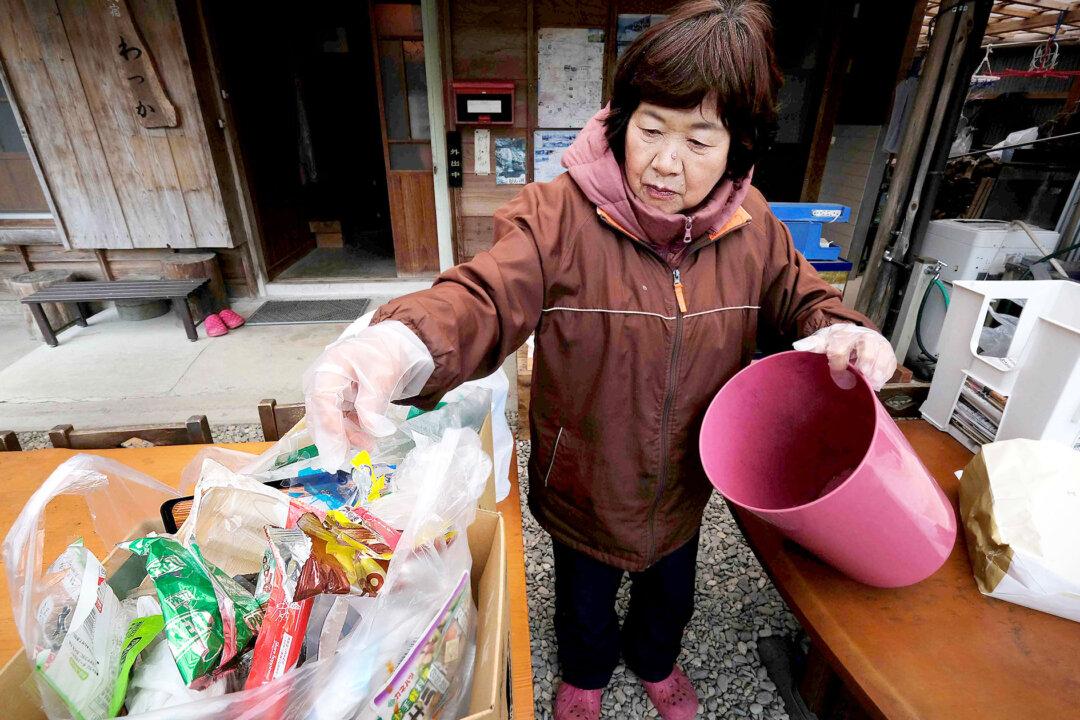The town of Kamikatsu on the Japanese island of Shikoku has become famous for a notable absence: trash. After almost two decades practicing a low-waste economy, some among the town’s roughly 1,500 inhabitants claim that change is possible.
Kamikatsu was doing almost no recycling in the 1990s. But a new law on carbon dioxide emissions forced the town’s two incinerators to close and its residents to rethink their approach to waste management.





